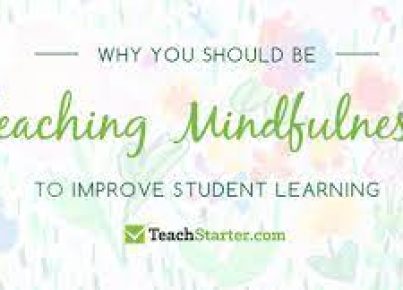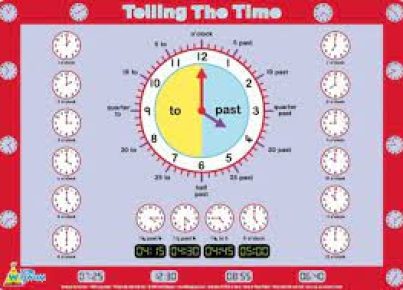Creating a cohesive and dynamic composite classroom can be a stimulating challenge for educators. As a teacher, you are not only charged with the usual duties of planning curricula and delivering engaging lessons, but also with navigating the complexities of teaching multiple grade levels within a single classroom environment. This unique setting offers a myriad of opportunities for fostering an inclusive, supportive, and highly interactive learning space for students.
1.Acknowledge Individual Differences
Each student comes with their own set of strengths, weaknesses, and learning paces. Begin by assessing each child’s educational needs and tailor your instructions to accommodate these individual differences. Strategies such as differentiated instruction and personalized learning plans are vital in composite classrooms.
2.Set Collective Goals and Shared Rules
Composite classes thrive on structure. Establish classroom rules and collective goals early on by involving students in the process. This encourages shared responsibility and helps maintain order, allowing students from different grades to work harmoniously together.
3.Collaborative Learning Structures
Maximize peer learning opportunities by designing activities that encourage older students to assist younger ones—creating mentorship roles that benefit both age groups. Group projects should be structured in ways that ensure every group member has a role that corresponds to their ability level.
4.Flexible Grouping
In a mixed-age class, flexible grouping is key. Strategically group students based on skill level rather than age for certain activities. Shuffle these groups periodically to allow students to interact with various peers, enhancing social skills alongside academic learning.
5.Adapt Your Lesson Planning
Planning lessons for a composite class requires creativity—design lessons that have tiered tasks or extensions so all students can engage at an appropriate level of challenge. Theme-based units work well across different age ranges because they can be adapted for varying competencies.
6.Effective Use of Classroom Space
Arrange your classroom to cater to different activities simultaneously without disruption. Create well-defined areas for independent work, group collaboration, reading corners, and teacher-led instruction.
7.Employ Technology Wisely
Technology can be utilized to cater to the varied learning needs in your classroom. Use educational software that adjusts difficulty levels based on the user or employ online resources that offer video tutorials for students who need extra help or extension activities for those who need greater challenge.
8.Regular Assessment & Feedback
Continuous assessment is significant in understanding where each student stands academically within the disparate group. Provide regular feedback that is constructive and personalized, aiming to guide each student’s progress effectively.
9.Communicate with Parents or Guardians
Parents should be kept informed about the structure of composite classrooms and how it benefits their children’s education. Regular communication regarding their child’s progress can augment support from home.
10.Self-Reflective Practices
As an educator in a composite classroom, take time to reflect regularly on what strategies are working and which need adjustment—embracing flexibility within your teaching methodologies while maintaining clear educational objectives.
Incorporate these guidelines into your approach and witness the multitude of benefits that arise from teaching in a composite classroom setting: increased student engagement through cooperative learning, developmentally appropriate practices showcasing student-centered education, and fostering a community where learners celebrate diversity as they grow academically and socially together.





